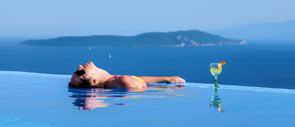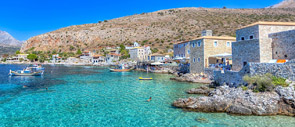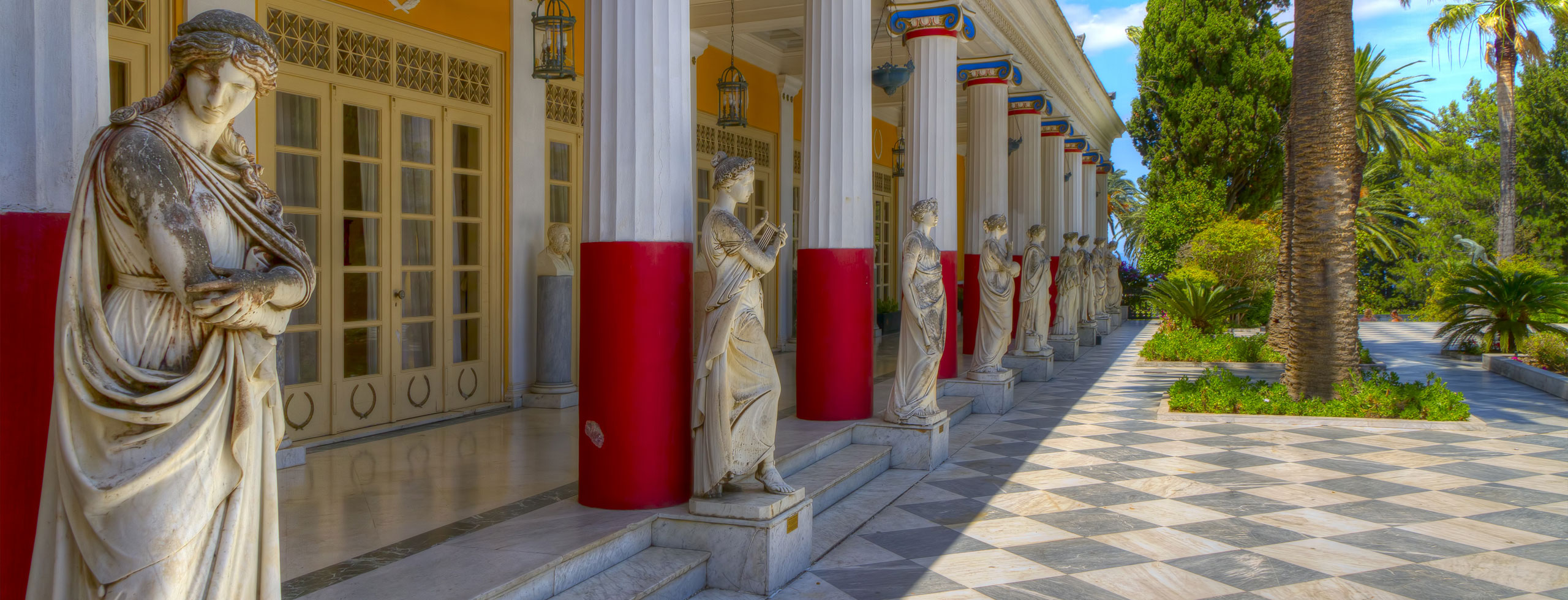Greece Travel Guide - Travel Recommendations & Guides to Greece and the Greek Islands
At True Greece, we have produced our own True Greece Recommendations Guides, 16-24 page booklets that are provided exclusively to our guests, and cover the history, feel, restaurant recommendations, and activities for each location included in our vacation packages. Our Recommendation Guides, just like our company, are targeted specifically to the high-end traveler who seeks an authentic vacation in Greece. Since our operations office is located in Athens, True Greece affiliates and writers personally visit the locations we recommend, enabling us to have first-hand knowledge of famous islands such as Mykonos and Santorini, or off-the-beaten path gems such as Patmos and Spetses - just to name a few. Additionally, we update our copyrighted guides according to our guests' feedback and personal experiences, constantly refining the content.
We produced the guides because we felt that we had to offer to our guests an invaluable resource that would include the latest information in the most suitable "True Greece" fashion. When we couldn't find a guide in the marketplace that provided perspective and recommendations consistently focused at the highest levels of authenticity and luxury, we decided to produce our own guide in order to offer a Greek islands vacation second to none!
Below is a small sample of our True Greece Recommendation Guides - you will receive a complete hard copy that includes much more detail when we welcome you to Greece! Our guides will be invaluable in assisting you through your independent exploration, especially if you have selected a True Greece customized trip experience without a concierge escort.



















